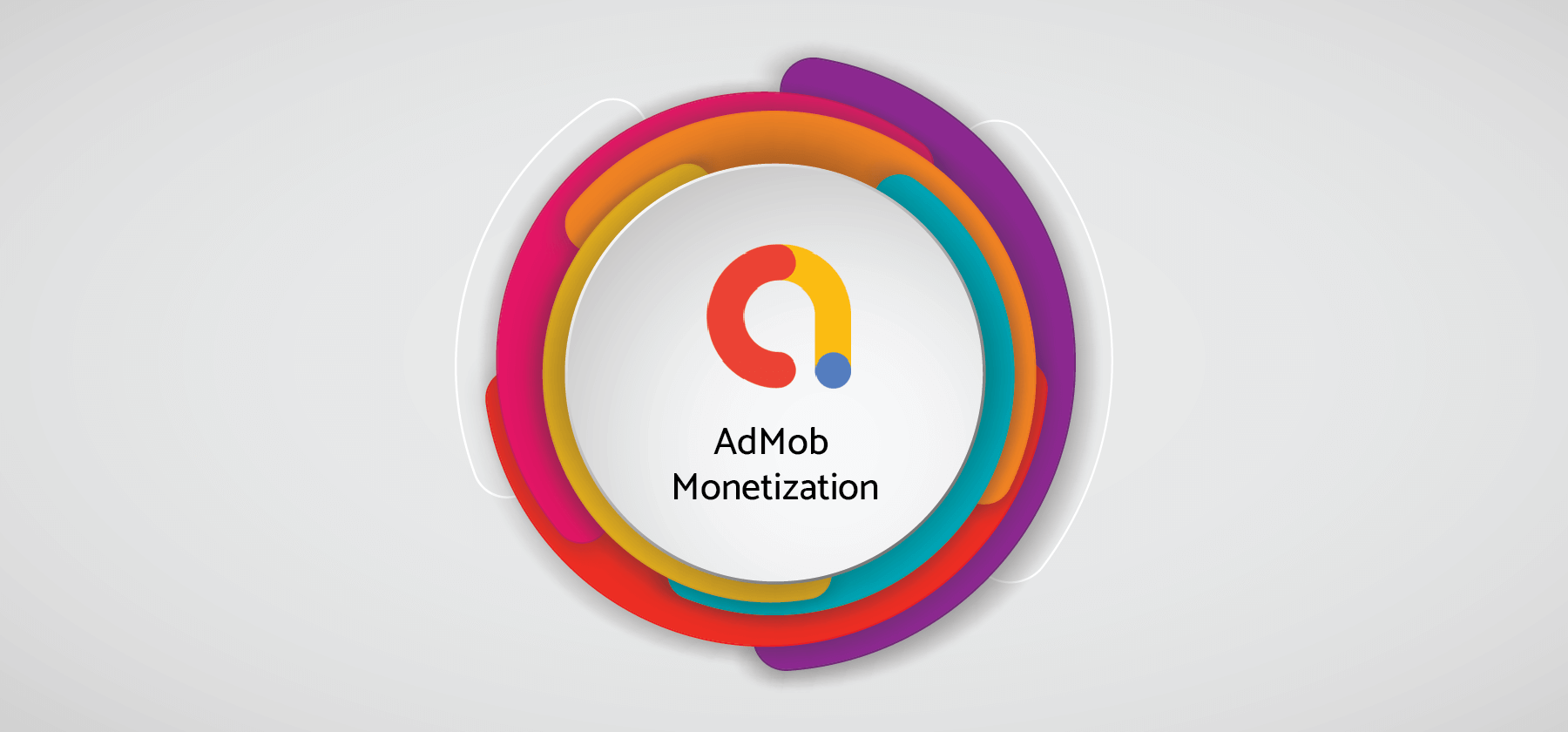In-game advertising has grown in importance for game publishers in the gaming industry. The term "in-game advertising" describes the positioning of ads inside mobile games. Through the sale of available ad space within the game itself, game developers utilize in-game marketing to increase revenue from games.
Compared to traditional app ads, which are the intrusive pop-ups and banner ads you frequently see in mobile app games, these ads are more potent, non-intrusive, and successful.
As in-game advertising is fast becoming a potent tool for game businesses to reach and engage with their intended audiences in new and exciting ways, let's take a closer look at in-game advertising, including its advantages and challenges.
Let’s get started:
What is in-game advertising
Digital advertisements that appear as images, video, and audio within video games are known as in-game advertising (IGA).
To put it simply, in-game advertising allows game developers to monetize their products by selling the ad space within their games. Although the ads are presented in a variety of formats, all of them aim to attract the user's attention while giving an uninterrupted gameplay experience.
Typically, in-game advertising triggers ad impressions during game breaks, level transitions, and life-gain scenarios. While there are IGA examples on PCs and gaming consoles such as the Xbox and PlayStation, the majority of IGA instances are found in iOS and Android mobile apps.
A range of ad formats are shown throughout the ad to keep the audience interested. Ad networks function as intermediaries, streamlining mobile advertising as a marketplace that links businesses and apps.
When ads are seamlessly incorporated into the game loop and enhance the in-game economy, they perform the best and generate the highest eCPMs. In this manner, the ads blend in with the user interface and raise retention and engagement levels for the game app.
Types of in-game ads
In-game advertising doesn't focus on a single form of advertisement, much like you can see various ads while browsing the internet (display, video advertising, etc.) or even while out and about in the city (DOOH, billboards, posters).
While in-game ad formats can vary based on the device or game you are serving, advertisers should be aware of some regularly used types of in-game ads.
In-game ads fall into one of three categories according to IAB UK definitions:
Blended in-game
 Blended in-game
Blended in-gameAdvertisers can integrate their sponsored content into the gameplay through blended in-game ads. By appearing in the game environment without interfering with the game experience—they may even improve it—blended in-game ads, often referred to as intrinsic in-game ads, are a non-intrusive technique for reaching a target market.
Around the game
 Around the game
Around the gameAdvertisers can use around-the-game ads to spotlight their products and services during the gaming experience but not during gameplay. Interstitial ads and rewarded videos are a couple of the most popular examples.
Away from the game
"Away-from-the-game" refers to game advertising that takes place outside the game, such as influencer or content marketing, streaming, e-sports, etc.
Here are some more types of in-gaming advertising-
-
Static in-game advertising
Static ads are hardcoded right into the game while the app is still in the development stage. The prices are set at a fixed amount and are high because the ads are unchangeable and will always be in the game. Since these ads cannot be altered, they are not as popular as dynamic ads.
Often, static ads are put in to keep the gameplay experience intact. Brands hoping to have a lasting impact on gamers should use static advertising. Furthermore, static in-game advertising may be less expensive because it doesn't require to be updated or modified frequently.
-
Dynamic in-game advertising (DIGA)
Dynamic ads emerged as technology advanced. Dynamic in-game ads are banners that appear in games and are updated in real-time, as opposed to static ads. Advertisers have a lot of freedom and can effortlessly scale with dynamic in-game ads. Additionally, opt-in users can be geo-targeted with them.
Posters and billboards placed in strategic locations are their most popular formats. Their versatility sets them apart from static advertising. As a result, if you're playing a game and come across an ad for Adidas on a billboard within the game, the next time you see that same billboard, it can be advertising fast food.
Sponsored game content
A brand or product is incorporated into the game's actual content through sponsored game content, which engages the user by making the brand more authentic and apparent.
Advergaming
 Advergaming
AdvergamingThe process of developing a game to advertise a product or service is known as "advergaming". These games are available on websites and mobile apps and are frequently free to play.
Using advergaming to market a product or service in an entertaining and participatory way is a terrific mode to keep gamers interested. Brands trying to reach younger audiences will find it very beneficial.
Product Placement
Incorporating brands or products into the plot or setting of a game is known as product placement. Its goal is to raise brand awareness by using the story of the game in a subtler way than other forms of advertising.
Since product placement is incorporated into the game rather than standing out as an intrusive ad, it is a more successful kind of marketing. This placement is advantageous in games set in a specific setting or era because it gives gamers a more genuine gaming experience.
Benefits of in-gaming advertising
Mobile ads have numerous advantages in the gaming industry. Apart from acquiring revenue through in-app purchases, game app creators can enhance user experience to boost engagement by rewarding video viewing or displaying relevant content through in-game ads.
Advertisers appreciate that mobile gaming guarantees brand safety because it excludes user-generated content. As a result, brands have more control over where and when their advertisements are displayed in gaming environments.
Furthermore, since in-game ads depend on user activity, advertisers can particularly monitor important metrics like completion rate, engagement, and reach.
Check benefits here-
- Improved Visibility: Whether they are blended in-game ads or around-the-game advertising, in-game ads are usually unnoticeable and seamlessly blend into the game. The dynamic nature of games and gamers' inability to look away expose them to every ad that appears in the gaming environment, resulting in a high viewability.
- Targeted Advertising: The capability to target particular audiences is one of the pivotal benefits of in-game advertising. Advertisers can target ads to players based on information like their location, game genre, and gameplay category. Based on the demographics, interests, and gamer's actions, in-game advertising enables tailored advertising. This provides the gamers with a more customized experience and increases engagement levels.
- Increased Brand Awareness: By providing players with a fascinating and engaging opportunity to interact with the brand, in-game ads can raise brand recognition for products or app services.
- Transparent Measurement: Advertisers can monitor a wide range of data with in-game campaigns, including impressions, reach, views, viewability, VTR, dwell time, gaze duration & rate, and more. As a result, it assists them in improving the performance of upcoming campaigns.
- High-Conversion Rates: Higher conversion rates can result from in-game advertising since gamers are more inclined to interact with ads that are relevant to their interests. Gamers are often more open to in-game advertising incorporated into the gameplay experience. Therefore, compared to other forms of advertising, in-game advertising conversion rates are higher.
How much does in-game marketing cost
How much does in-game advertising cost? Depending on several factors, the cost will only increase.
The cost of in-game advertising can change depending on several variables, such as the kind of game, the ad format, the targeting choices, and the scale and duration of the campaign. The most popular method is CPM pricing, and charges can differ significantly depending on targeting and ad type, among other things.
While video advertising often has a CPM of $15–30, in-game display ads typically have an average CPM of $10–20.
These figures are subject to significant variation based on the target audience, game, ad formats, and game. For instance, an Interactive Advertising Bureau (IAB) study found that the CPMS for in-game ads aimed at Gen Z and Millennials was 30–50% higher than that of ads aimed at Gen X and Baby Boomers.
The rising demand to reach gamers who would otherwise be hard to reach, coupled with the popularity of games, should likewise push CPMs to climb. Static ads and advergames are other in-game ads that use a flat-rate price mechanism.
Best practices and difficulties with in-game advertising
Weariness is a fair concern, and in-game ads have their own particular set of problems.
- Seeing the same ads over and over again might easily annoy or bore gamers. Keep an eye on the frequency, and make sure you update your creatives often.
- Additionally, ads that bother, divert, or otherwise interfere with gameplay will annoy players.
Advertisers will have access to a broad range of prospects because of emerging technologies like virtual reality and the Metaverse, which will expand game surroundings and offer unique experiences.
Reaching a highly engaged, profitable, and rapidly expanding audience with in-game advertising is an effective strategy. Like with all advertising, targeting is essential with this type of promotion. For user engagement, non-intrusive innovative formats work best. Incentives like in-game money, premium content, or products can boost user engagement and brand affinity.
Final Words
In-game advertising is set to play an increasingly more prominent role in the marketing mix for companies in all sectors of the economy as the video game industry grows. It's a young market for in-game ads. Thus, there are still a lot of chances available, particularly for publishers with a growing portfolio of successful mobile products.
Brands may remain ahead of the competition and move closer to developing stronger associations with their clients by investigating the opportunities presented by in-game advertisements.
The only ad platform built for developers by developers.
Contact us now for a product that fits your needs! It’s quick, simple and easy.



